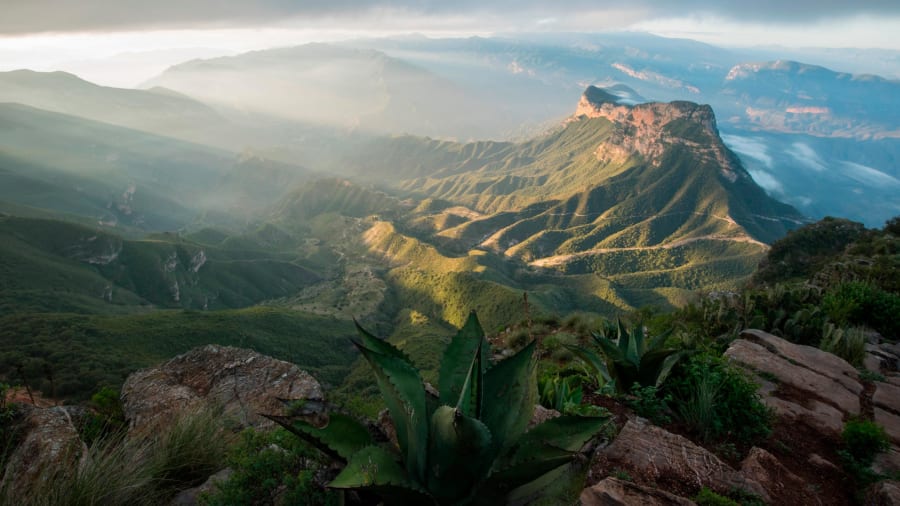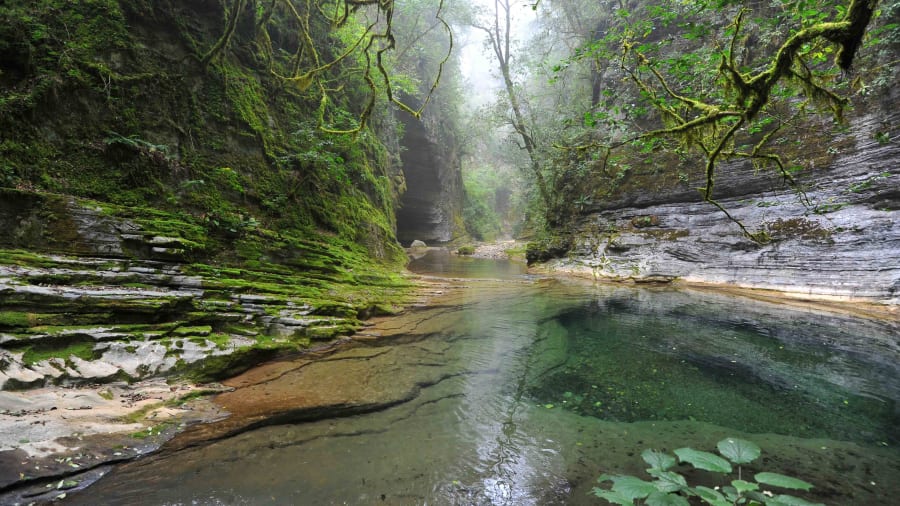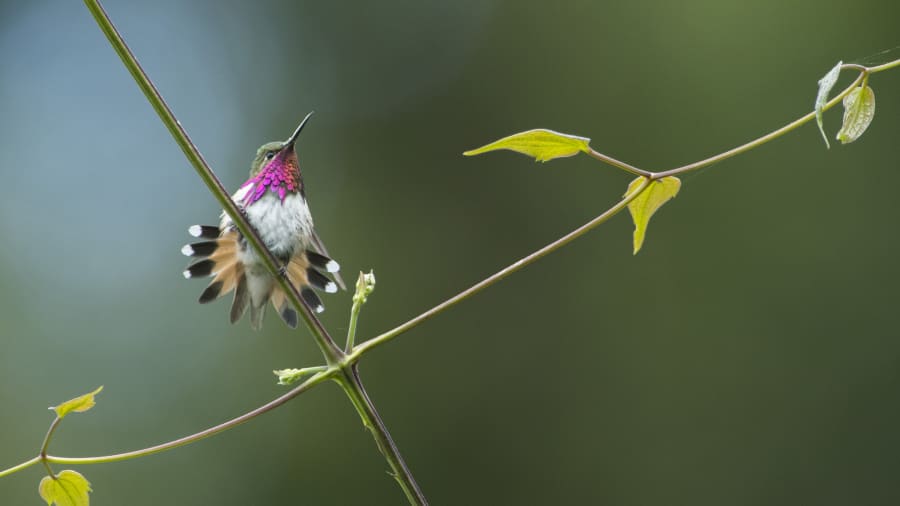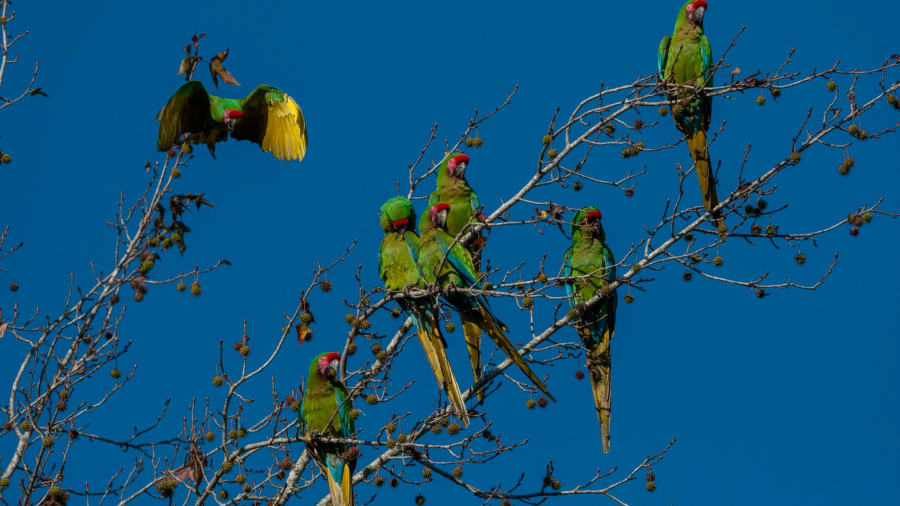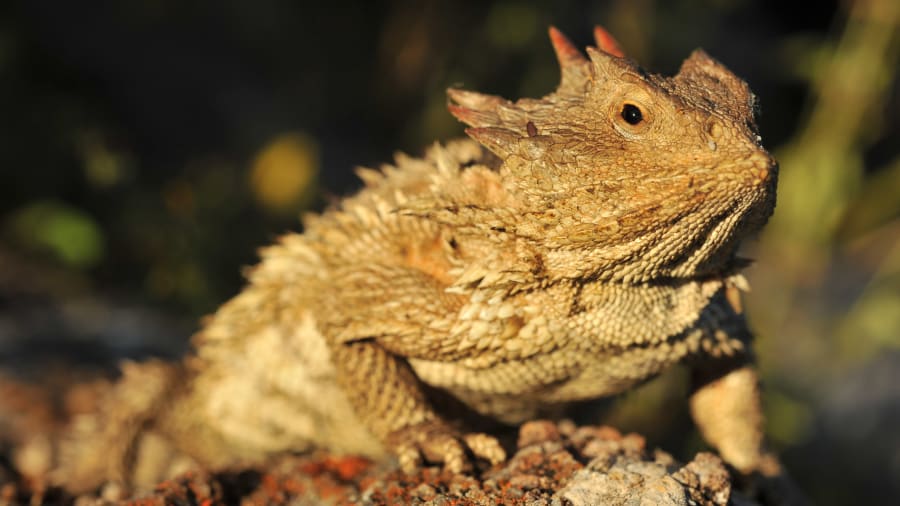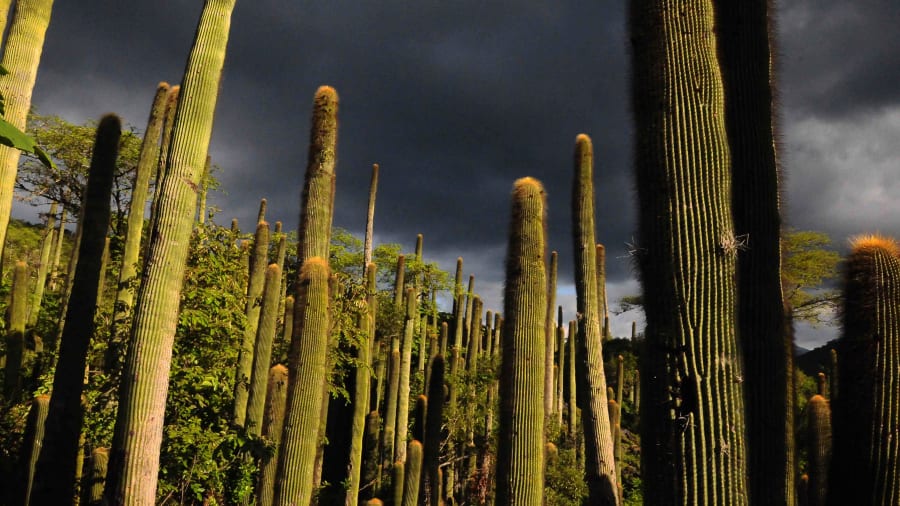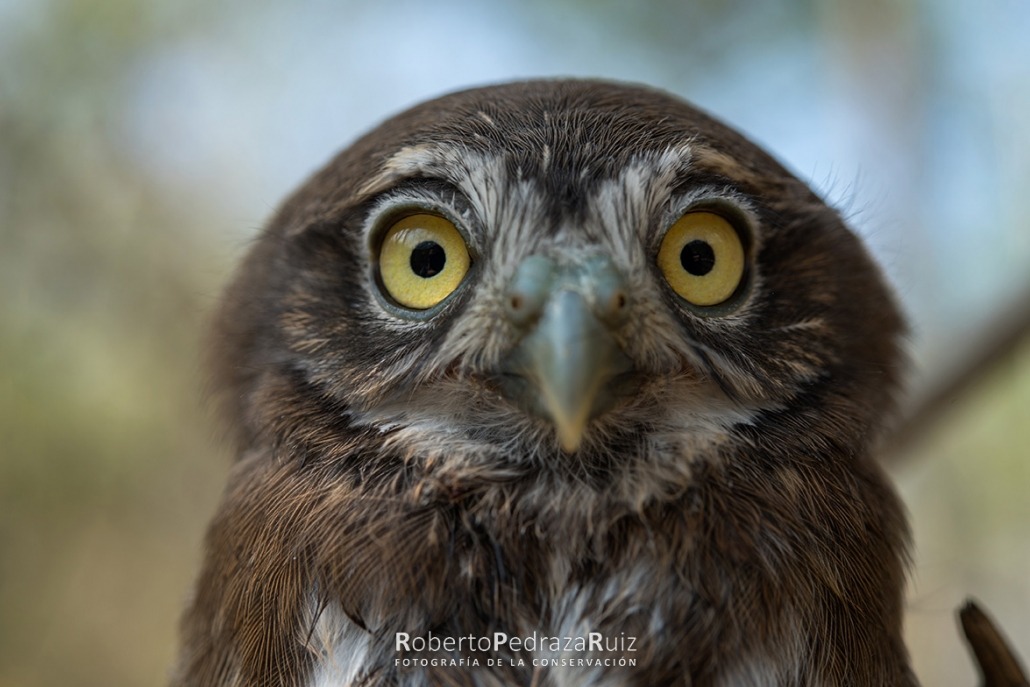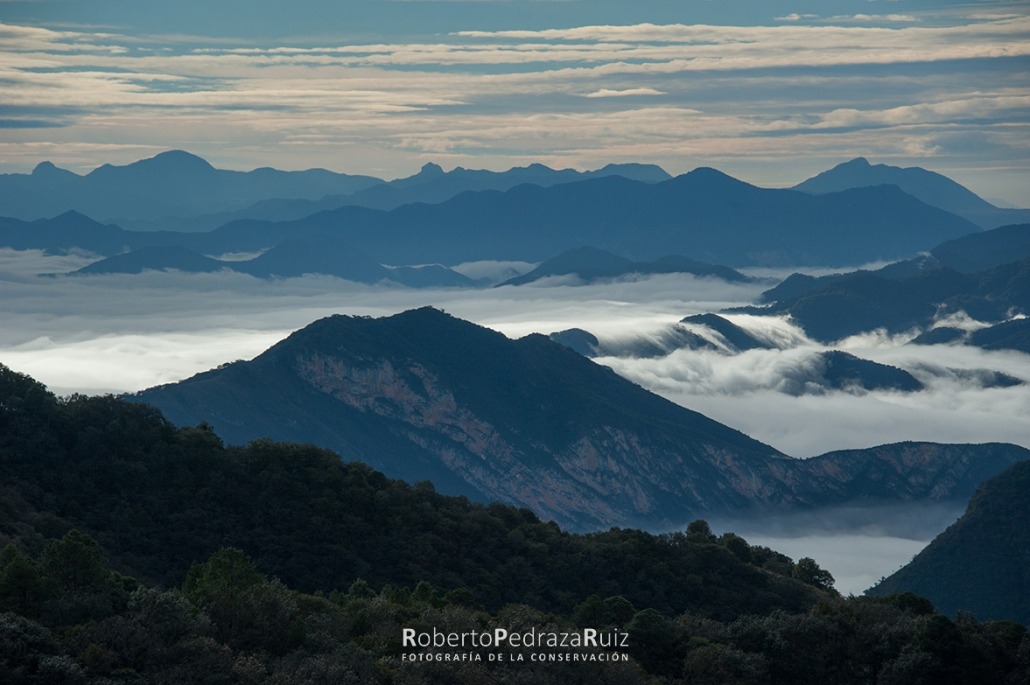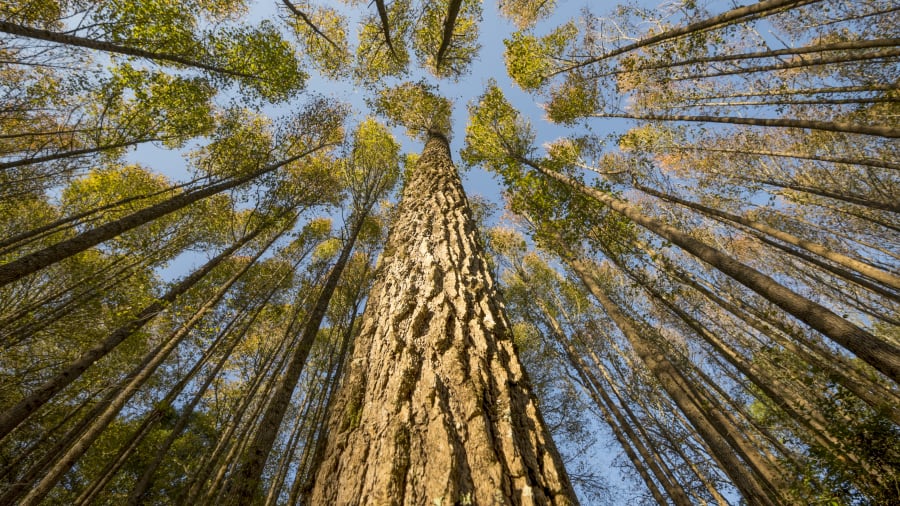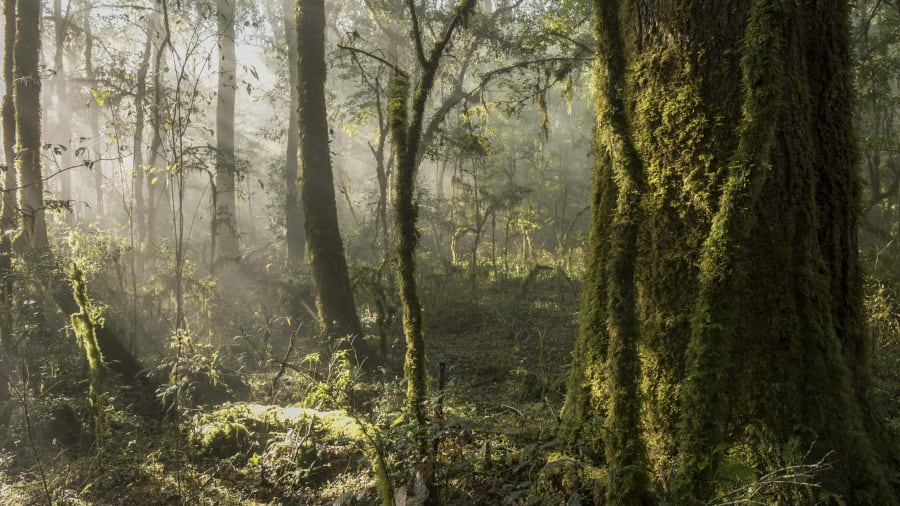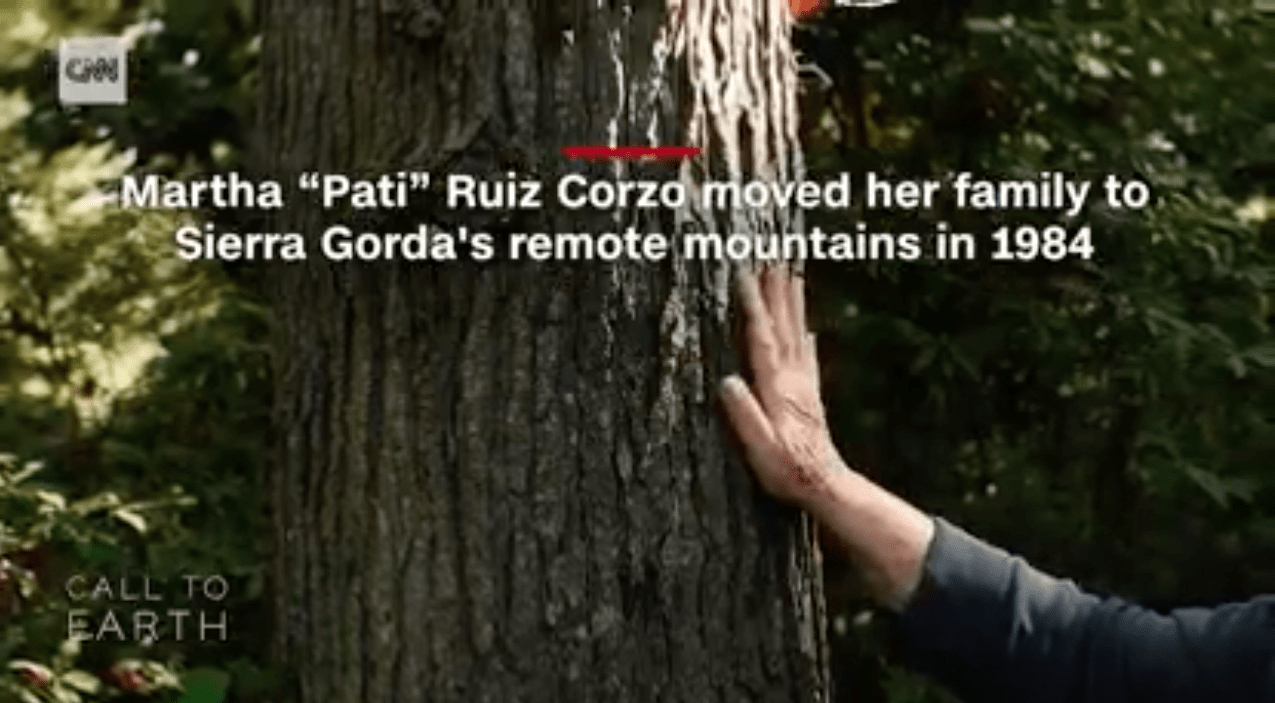CNN Internacional apunta en la edición 2021 de Call to Earth a Roberto Pedraza y Pati Ruiz Corzo de la Sierra Gorda

CNN Internacional escribió un artículo sobre la trayectoria de Roberto Pedraza Ruiz como conservacionista y fotógrafo de vida silvestre en las montañas de la Sierra Gorda, México.
La entrevista trata sobre su infancia y cómo fue crecer en los hermosos bosques que reconoce como su hogar junto a sus padres activistas y fundadores del Grupo Ecológico Sierra Gorda y la Alianza Sierra Gorda quienes han trabajado durante los últimos 34 años para proteger la Reserva de la Biosfera.
El reportaje en inglés incluye un breve video sobre la organización y el trabajo de su madre, la reconocida ambientalista Martha “Pati” Ruiz Corzo.
¡No te lo pierdas! Ve a CNN para leer el artículo completo.

